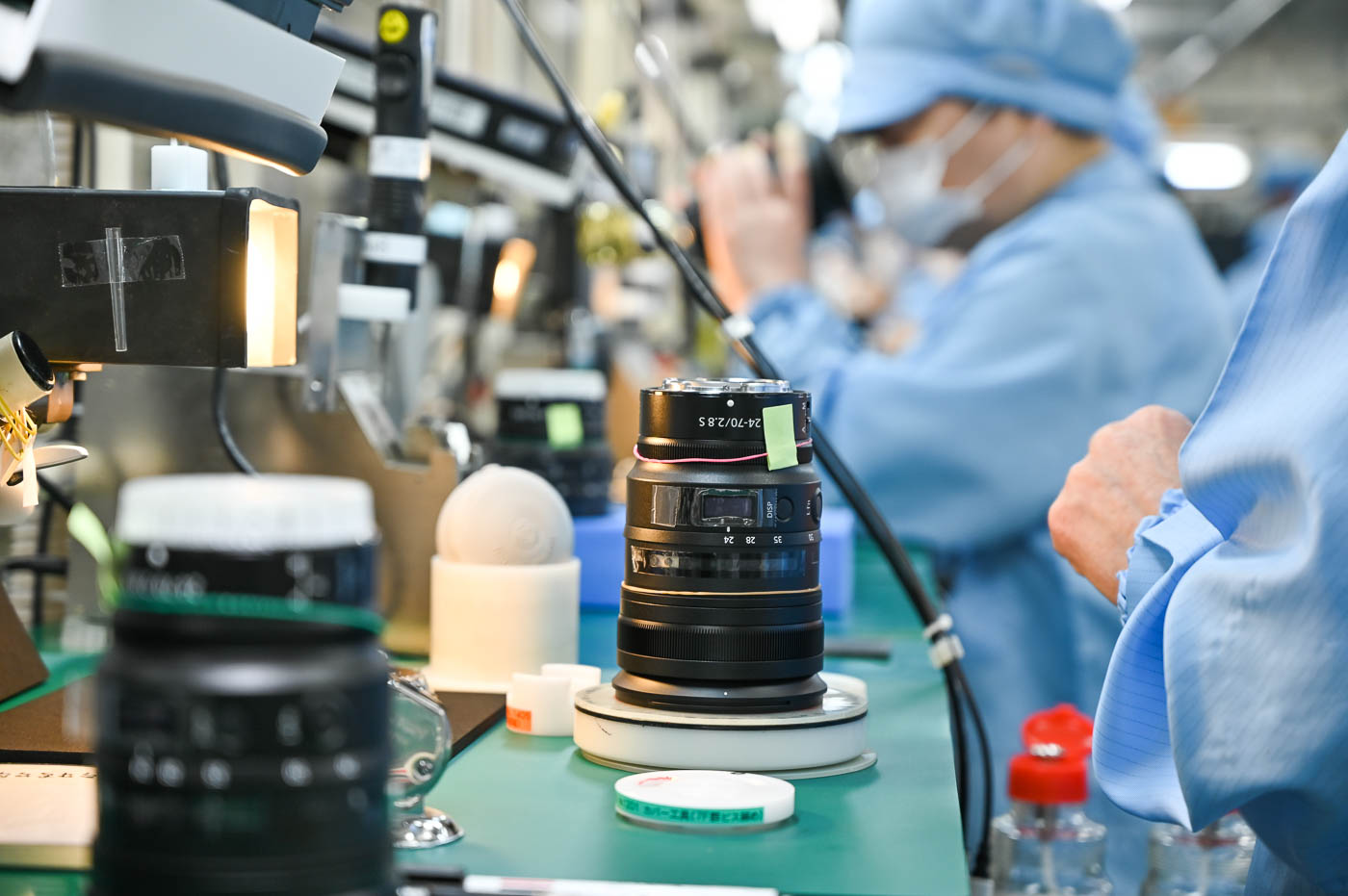Short answer - I do not own enough equipment to test for myself

The .25x converter for the 800 mm F mount lens I consider a one off.
As far as I know it cannot be bought other than with this 800mm lens.
Nikon indicate it is designed specifically for this one lens, and each converter is matched to each individual lens. How this is done seems not explained.
The external F mount 1.4 converters work with a range of about 12 lenses; some of which like the 400 f4 sold in good numbers and some like the 600 F4 primarily because of price have low volume sales.
Looking at the Z system, few would doubt that the Z 1.4x converters is likely to be used most on the 180-600 because of the lens price point.
What I can say is that, possibly because of the wider lens throat, I find higher optical quality comes with Z mount converters than F mount converters.
The only lens I own with an internal converter is the 180-400.
I cannot detect any optical difference between using the internal converter and an external 1.4x III.
Some others report a little disappointment with this internal converter.
Either way I find it is extremely convenient to use.
While marginal optical improvements might be possible with a 1.4 x specifically designed for a 600, sales might at best be a few hundred units, likely making it economic to design, manufacture and market.
If it happened for those owning several Z mount 1.4x compatible lenses different converters would be needed for each lens.
I consider it fair to say it will never happen for F mount lenses because product development seems to have definitely ended for F mount products.



